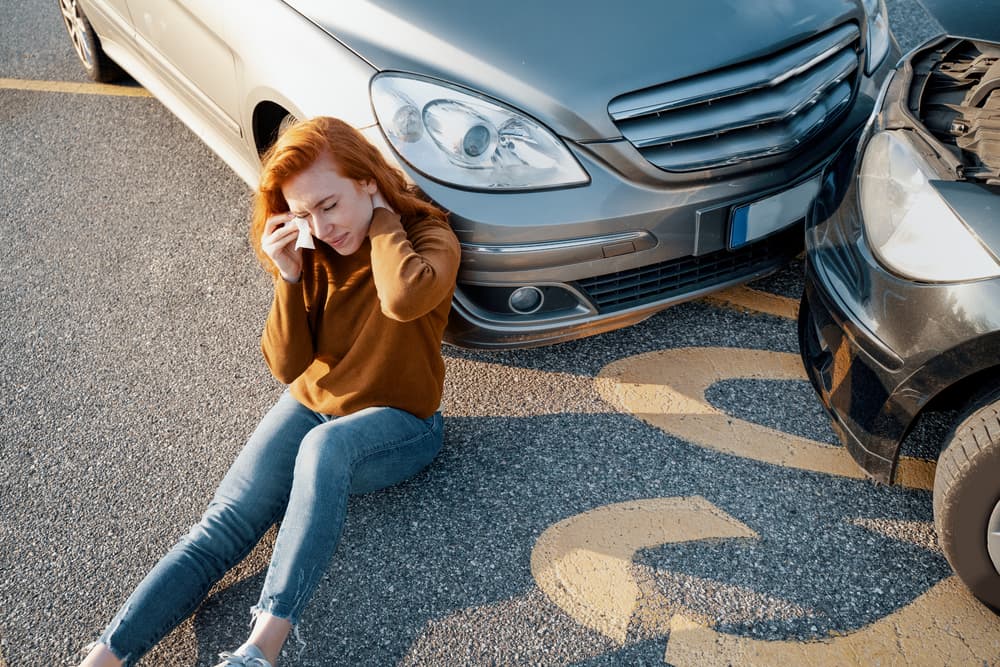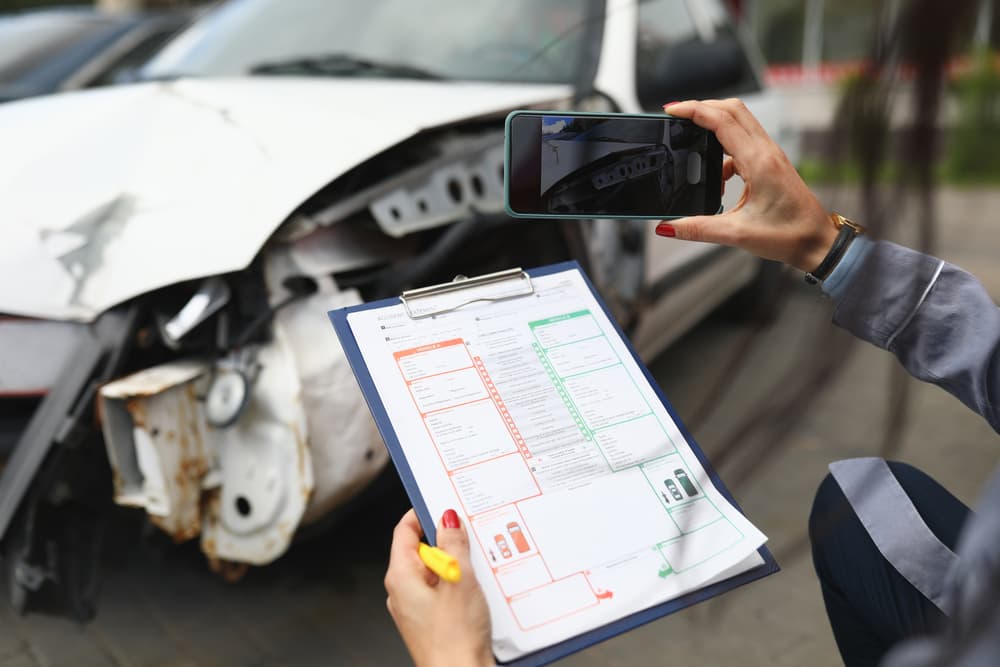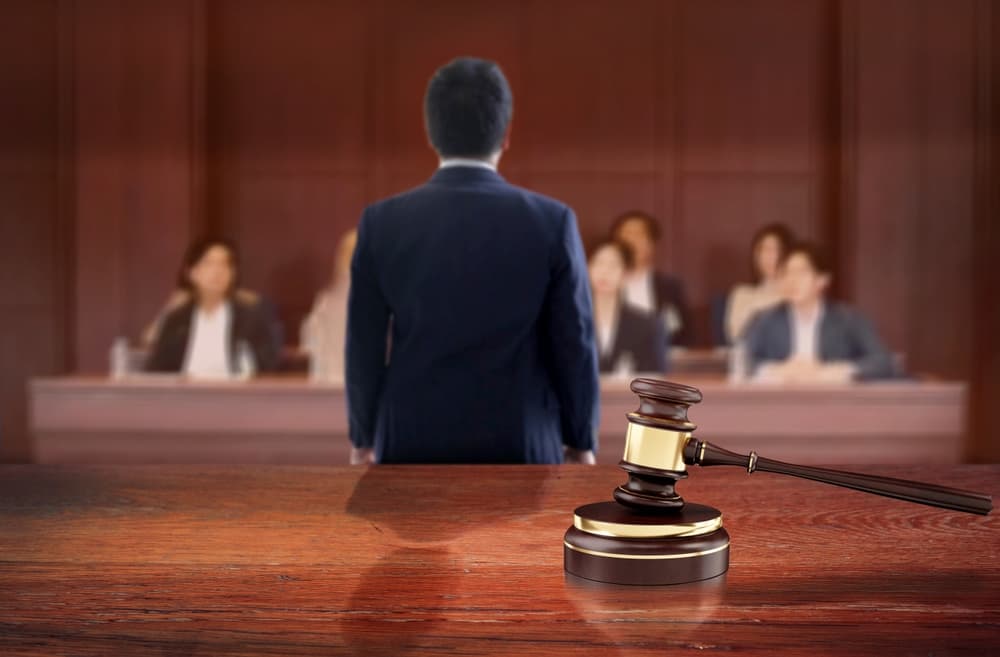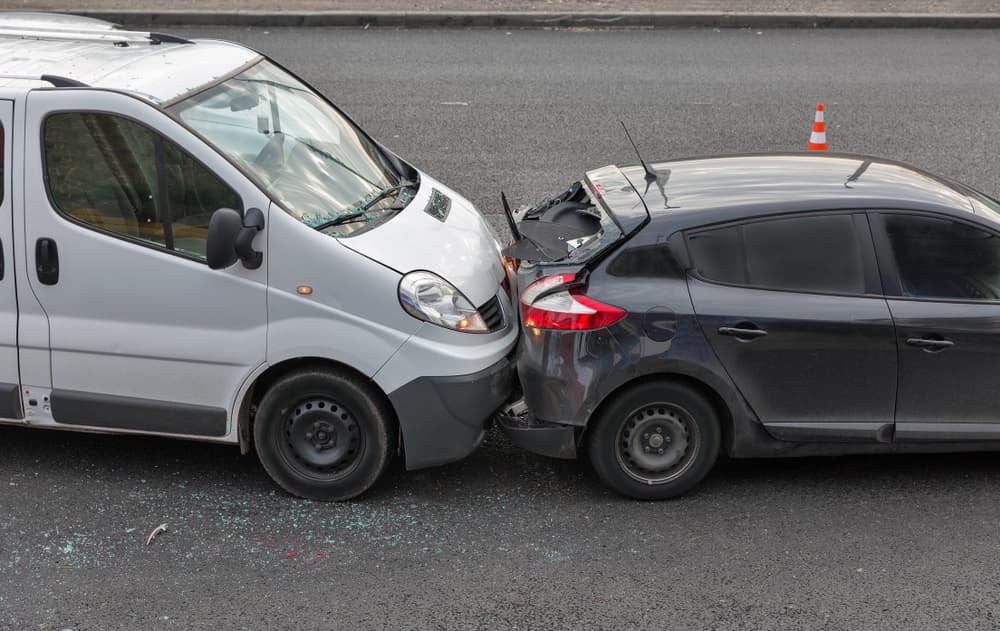Following a car accident, individuals may be dealing with serious injuries, undergoing medical procedures, and attending doctor visits – not to mention experiencing severe pain and suffering. Amid all this disorientation and confusion, they may not know how to protect their legal rights and interests.
In addition to seeking ongoing medical treatment after an accident, you must consult a car accident attorney in your area as soon as possible. While you focus on recovering from your injuries, your lawyer can turn their attention to the legal components of your case.
They can handle your accident investigation, communicate with insurance companies, pursue claims, and, if necessary, file a car accident lawsuit on your behalf.
Throughout each stage of the case, your attorney will aggressively fight to protect your interests and work to secure the compensation you deserve.
Injuries in Car Accidents
Collisions resulting from another party's negligence can lead to a range of injuries for involved drivers and passengers. The severity of these injuries often varies, depending upon the speed of the collision, the collision force, and the type of accident that occurs.

Here are some of the most common injuries that car accident victims may suffer:
- Chest Injuries – The force of a car collision can lead to chest injuries, including bruised or broken ribs. In severe cases, the accident force may cause damage to internal organs within the accident victim’s chest.
- Head Injuries – Head injuries can range from concussions to more severe traumatic brain and head injuries (TBIs). These injuries may occur if the accident victim’s head strikes an object in the vehicle or if there is a sudden deceleration during the collision.
- Fractures – Broken bones are prevalent in car accidents, especially in high-impact collisions. Common fractures include those in the legs, ribs, arms, and facial bones.
- Soft Tissue Injuries – These include injuries to muscles, tendons, and ligaments. Sprains and strains are common, causing pain and limited range of motion in the affected body part(s).
- Knee and Leg Injuries – The force of a car collision may cause knee injuries, fractures, or damage to various ligaments. Leg injuries may also result from the intrusion of the dashboard or other structures inside vehicles.
- Internal Injuries – The force of a collision can cause internal injuries, such as organ damage or internal bleeding. These injuries may not be immediately apparent and can sometimes be life-threatening.
- Spinal Cord Injuries – Injuries to the spinal cord can result in long-term or permanent damage, including full or partial paralysis. The severity depends upon the location and extent of the injury.
- Whiplash – Whiplash is a soft tissue injury that occurs when the accident victim’s head suddenly jerks backward and forwards. It's a common injury in rear-end collisions and can lead to neck pain, headaches, and stiffness.
- Psychological Injuries – Emotional distress, anxiety, and post-traumatic stress disorder (PTSD) are common psychological injuries that can follow a car accident, especially if it is particularly traumatic.
- Burns – In accidents involving fires or explosions, burns can occur. Burns may result from contact with hot surfaces, chemicals, or flames.
Seeking immediate medical attention is crucial after a car collision to assess and treat injuries promptly. Documenting injuries, obtaining medical records, and consulting with legal professionals can be important steps in pursuing compensation for the injuries you suffered in your car accident.
How Do Car Crashes Typically Occur?
Car accidents can occur for various reasons, often resulting from a combination of factors. Understanding the most common reasons for car accidents is essential for improving road safety.
Some of the most common causes include:
- Drunk Driving – Operating a vehicle while under the influence of alcohol or drugs can affect a driver’s judgment, reaction time, and coordination. Drunk driving is a significant cause of accidents, often resulting in severe injuries and fatalities.
- Speeding – Driving at speeds higher than the posted limits – or too fast for roadway or weather conditions – is a major contributor to accidents. Speeding reduces a driver’s reaction time and increases the severity of car collisions.
- Running Red Lights and Stop Signs – Disregarding traffic signals and signs frequently leads to traffic intersection accidents. Collisions often occur when drivers fail to yield the right-of-way to other vehicles or ignore traffic control devices.
- Distracted Driving – One of the leading causes of local car accidents is distracted driving. This includes activities such as talking on the phone, texting, adjusting the radio, or using GPS navigation systems while driving. Distractions frequently divert a driver’s attention away from the road, increasing the risk of accidents.
- Fatigue – Driving while fatigued affects a driver's attention and reaction time. Fatigue can be just as dangerous as alcohol intoxication, increasing the risk of serious accidents – especially on long trips. Commercial truck drivers are particularly susceptible to fatigue while behind the wheel.
- Reckless Driving – Overly reckless and aggressive driving behaviors, such as tailgating, frequent lane changes, failing to use turn signals, and road rage, frequently contribute to accidents.
Addressing these common causes of car accidents requires a combination of traffic law enforcement, driver education, and vehicle safety and infrastructure improvements. Responsible driving behaviors and adherence to traffic regulations are essential for reducing the incidence of car accidents and enhancing overall road safety.
If you suffered injuries in a car crash that a negligent driver caused, an experienced personal injury lawyer in your area can explore your legal options and pursue the financial recovery you need to become whole again.
Steps to Take after Seeking Initial Medical Treatment for Your Injuries
After seeking initial medical treatment following a car crash, taking certain steps is crucial to protect your health, well-being, and potential legal claims. One of those steps is to retain an experienced car accident lawyer to represent you as soon as possible.
Some additional actions to consider include:
- Follow All Medical Treatment Recommendations – Adhering to your prescribed treatment plan and following medical advice is essential. Attend all follow-up appointments, take prescribed medications, and engage in recommended therapies. Documenting your commitment to recovery can be important for both your health and any potential legal proceedings.
- Document Your Medical Expenses – Keep detailed records of all medical expenses incurred due to the car crash. This includes bills for hospital stays, medications, rehabilitation services, and any other healthcare-related costs. These records will be crucial when seeking compensation for medical damages.
- Maintain a Recovery Journal – Document your physical and emotional recovery in a journal. Include details about pain levels, limitations in daily activities, and the emotional toll of the accident. This can serve as a valuable reference if you pursue a personal injury claim, providing insight into the ongoing effects of the crash on your life.
- Communicate with Insurance Providers – Your car accident lawyer can notify your insurance company about the additional medical treatment you've received and provide them with relevant medical records and bills. Additionally, your attorney can communicate with the at-fault party's insurance company and file a timely personal injury claim on your behalf. After filing a claim, your lawyer can aggressively negotiate for a favorable settlement offer.
- Preserve Evidence – Keep all relevant documents related to the car crash, including medical records, bills, and correspondence with insurance companies. Additionally, if possible, preserve any evidence from the accident scene, such as photographs, witness contact information, and the police report.
Taking these steps can help you through the aftermath of a car crash, ensuring that you receive proper care and are well-prepared for any legal actions related to the incident.
Proving the Elements of a Car Accident Case
Proving the legal elements of a car accident case based upon negligence involves establishing that the at-fault party failed to meet a standard duty of care, resulting in the accident victim’s injuries or damages.
The process typically involves demonstrating four key elements: duty of care, breach of duty, causation, and damages.

- Duty of Care – The first element in a negligence claim is establishing that the at-fault party owed the injured party a duty of care. In the context of a car accident, all drivers have a legal duty to drive safely and follow traffic laws. This duty includes obeying speed limits, yielding the right-of-way, and avoiding reckless or negligent behavior on the road.
- Breach of Duty – After establishing the legal duty of care, the next step is proving that the at-fault party breached this duty. This step involves demonstrating that the at-fault driver’s actions fell below the standard of care expected of a reasonably prudent person in similar circumstances. For example, if a driver was texting while driving or ran a red light, they likely breached their legal duty.
- Causation – Causation links the breach of duty directly to the injuries or damages the accident victim suffered. It requires showing that the at-fault party's actions were a substantial factor in causing the accident and resulting harm. This step involves proving that the injuries would not have occurred but for the at-fault driver’s negligent conduct.
- Damages – Finally, the accident victim must demonstrate actual damages to have a viable negligence claim. These damages can include medical expenses, property damage, lost income, pain and suffering, and other losses resulting from the accident. Documenting and quantifying these damages is crucial for building a strong case.
To prove these elements, you need evidence like:
- Eyewitness Testimony – Statements from individuals who witnessed the accident can provide valuable insights into how the events unfolded.
- Police Reports – Official reports by law enforcement officers who responded to the scene may contain crucial details, along with the officer’s assessment of fault.
- Photographs and Videos – Visual evidence, such as photos or videos of the accident scene, can help reconstruct the events and support the victim’s legal claims.
- Expert Testimony – In some cases, expert witnesses, such as accident reconstruction experts or medical professionals, may be available to provide specialized knowledge.
The strength of the evidence plays a crucial role in proving negligence. An experienced car accident attorney can navigate the legal complexities, gather compelling evidence, and advocate for fair compensation in your case.
Financial Compensation for Injuries
Car accident victims may be entitled to varying compensation through settlement negotiations or litigation, depending upon the circumstances of their case. This compensation aims to cover the financial losses and damages the accident victim incurred due to the car crash.
Some of the most common damages a car accident victim may receive include:
- Medical Expenses – Compensation for medical expenses is a fundamental component of damages. This includes costs associated with emergency medical care, hospital stays, medications, surgeries, and ongoing medical care, such as physical therapy. Victims may receive reimbursement for both past and future medical expenses related to their accident.
- Pain and Suffering – Non-economic damages, such as emotional distress, pain and suffering, and loss of life enjoyment, are also compensable following a car crash. Assigning a monetary value to these intangible losses is often subjective and may vary based on the extent of the accident victim’s injuries and the extent of their symptoms.
- Lost Wages – If the car accident results in the victim missing time from work, they may be entitled to receive lost income compensation. This includes income lost due to time away from work during recovery, medical appointments, and any future loss of earning capacity resulting from their injuries.
- Permanent Disability or Disfigurement – If the car accident results in permanent disability or disfigurement, the victim may receive compensation for the long-term effect on their life, appearance, and abilities.
- Loss of Consortium – In cases where the resulting injuries affect the accident victim's relationship with their spouse, loss of consortium damages may be recoverable. This compensation addresses the effect on the victim's ability to provide intimacy, support, and companionship due to their car accident injuries.
Receiving compensation can occur through negotiation with the at-fault party's insurance company, out-of-court settlements, or litigation. In many cases, the parties reach a fair settlement through ongoing negotiations, avoiding the need for a lengthy court battle. However, if the parties do not settle, the plaintiff may need to pursue compensation through litigation.
Working with an experienced personal injury attorney is crucial for understanding the types of compensation available, assessing your case’s value, and recovering the fair compensation you deserve.
Contact a Car Crash Lawyer about Your Legal Options Today
If you recently sustained injuries in a car crash that was someone else’s fault, an experienced personal injury lawyer near you can help. Your attorney can promptly investigate your accident, file a claim with the at-fault party’s insurer, and, if necessary, bring your case to an efficient resolution in court.
Seek your free consultation with a local car accident attorney immediately.



